Less than two hundred years ago the countryside around the ancient city of Rome was indeed special and picturesque. Since then, sadly, it has been largely obliterated by the expansion of the modern city.
The essence of Roman countryside nowadays exists in a just a few locations. Perhaps the most illustrious of these is the open-air museum that is the ancient Appian Way. It runs parallel to the modern road, some 500m to the southwest.
The 19th-century Roman countryside was dotted with ancient artefacts, mostly villas and graves dating back to Imperial times and before. But the most outstanding of these remains were those of the majestic Roman aqueducts.
Here and there throughout the countryside were scattered inns, villas and farms. The Roman hinterland was loved by Romans and foreigners alike.
Via Appia
To relate just two examples, Lord Byron wrote a poem on the tomb of Cecilia Metella: “A stern round tower of other days”. And Goethe cherished the landscape to the point of having himself portrayed there, with a very typical Roman grave in the background. It was possibly the very same tomb.
If you happen to spend some time in Rome, a visit to the ancient via Appia is surely worthwhile, especially if you are blessed with a sunny day (which is frequent). Just try to avoid the peak summer heat. Bring with you a hat, walking shoes, sunglasses, water, and a camera, the lighter the better.
From now on I shall just refer to the ancient road as the via Appia, and ignore its modern variants (via Appia Nuova and via Appia Pignatelli), which however do offer some nice views, especially of the aqueducts.
A road is born
Inside the city, the via Appia is born as via di Porta San Sebastiano and keeps this name to the Aurelian Wall, which encircles the city and was built by the Emperor Aurelianus in the third century.
Via di Porta San Sebastiano is enchanting in itself, but its villas date back only to the 17th century, with many even more recent. At Porta (gate) San Sebastiano (seen in the above picture) you can visit the museum of the Aurelian Wall.
As you exit the gate you step onto the via Appia proper, the regina viarum (Queen of Roads; the word is of feminine gender in Latin), and enter history. You pass the church of Santa Maria in Palmis where Jesus is said to have appeared to Saint Peter.
As the story runs, Peter, who was proselytising in Rome, had been given the choice of leaving the city or being executed. The not-yet saint was thus leaving the city, when a mile beyond the then-not-yet-built wall he saw Jesus coming in the opposite direction. Peter asked Him, Quo vadis Domine? (where are you going my Lord?) and got the answer Eo Romam, iterum crucifigi (I go to Rome, to be executed again).
Peter understood the message, turned back to Rome, continued his predication and was duly executed and sanctified.
Roadside graves
Shortly thereafter you reach the catacombs of San Sebastiano, a Christian cemetery dating back to the second or third century. The grave of Cecilia Metella (early first century) comes next, together with the so-called grave of Romulus. It was customary for the noble Roman families to build their graves along the major roads leaving the city, while the poor were interred in cemeteries and necropoles.
Beyond this point, vehicular traffic is blocked and the via Appia is reserved for walking, running, and cycling (above). You decide whether you want timeless pictures of the Roman countryside or you want to include the present day population of the park, which may be quite picturesque in itself, often showing the most recent fitness attire and gadgets.
Listing the graves, monuments and artefacts that you encounter in the next five or so kilometres is essentially impossible. Suffice it to say that there is something interesting every few steps. Just walk and enjoy what you see (pictures below).
Osterie and villas
A special mention should, however, be reserved for the picturesque inns, or osterie, not all of them in operation, and the many villas.
Most of these date back to the 17th or 18th centuries, and some are built on top of much more ancient Roman artefacts.
The villa dei Quintili, at the fifth (Roman) mile of the via Appia, is a grand home comprising several buildings. The owners, members of a patrician family, were executed by the emperor Commodus in the second century following a failed conspiracy.
Fight to the death
In front of the villa, two mounds (plus a third close by) mark the supposed graves of the legendary warriors Horatii and Curiatii who battled in representation of the cities of Rome and Albalonga (now Albano) during the reign of Tullo Ostilio, third king of Rome (673-641 BC).
According to the legend, the kings of Rome and Albalonga had agreed to decide the war between the two cities with a fight between three Roman and three Albalonga warriors. Both kings chose as their champions three brothers: the roman Horatii against the Alba’s Curiatii.
At the end of the fight, just one of the warriors survived and he was of the Horatii family, thus Rome conquered Albalonga and started its expansion in the Latium region. The five deceased would be interred at the fifth mile of the via Appia, the road leading from Rome to Albalonga (and destined to reach Brindisi and the Adriatic coast in the following centuries).
Anio Novus aquaduct
If you still have time and the will to walk further, the Roman artefacts become less dense, but you are compensated by a view of an olive tree garden on the left of via Appia, beyond which you see a very well preserved portion of the aqueduct Anio Novus (first century). However this is a different story, and a different park, located between the roads of Appia Nuova and Tuscolana.
I took the pictures in this article during several walks; the cameras may have been a Fujifilm XE3, or an Olympus OMD-EM10ii or an Olympus EPM-1. The lenses were usually kit zooms, and you really don’t need much more. Both Olympus and Fuji produce excellent jpegs, and the majority of the pictures are out of camera jpegs; editing the raw files has been necessary in a few cases, essentially to raise the shadows or to lower the highlights.
Welcome to Andrea Bellelli
This is the first Macfilos article from a new author, Andrea Bellelli, and I am sure all our readers will welcome him. Prof. Bellelli teaches biochemistry at the Medical School of the University of Rome “Sapienza”. He is 62 years old and is married, with three daughters and two grandchildren. He thus comfortably fits within the Macfilos demographic… He tells us that he loves walking and hiking, especially in the Appennini mountains, relatively close to Rome, and photography is his way of bringing home the memories. Andrea specialises in landscapes and Italy offers some really special opportunities. Although it is densely populated and lacks the type of wilderness found in many other countries, the Italian landscape is remarkable because of the extensive combination of nature with the man-made. As a walker, he values the lightness of his photographic gear. He uses Olympus (OM-D E-M10ii and PEN EPM1) and a Fuji XE3. On the road, he tries to make do with just one camera and two or three lenses at most.

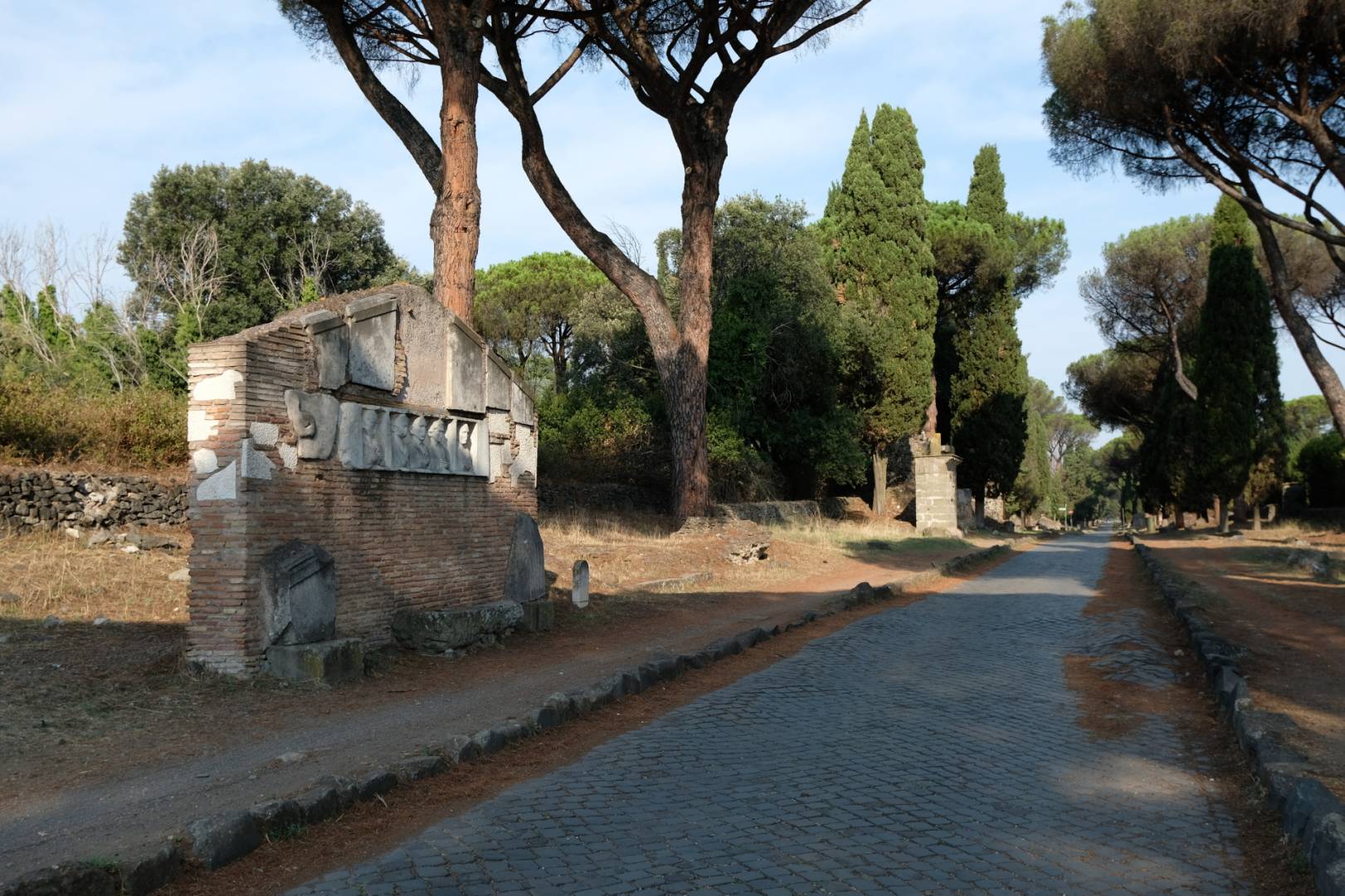
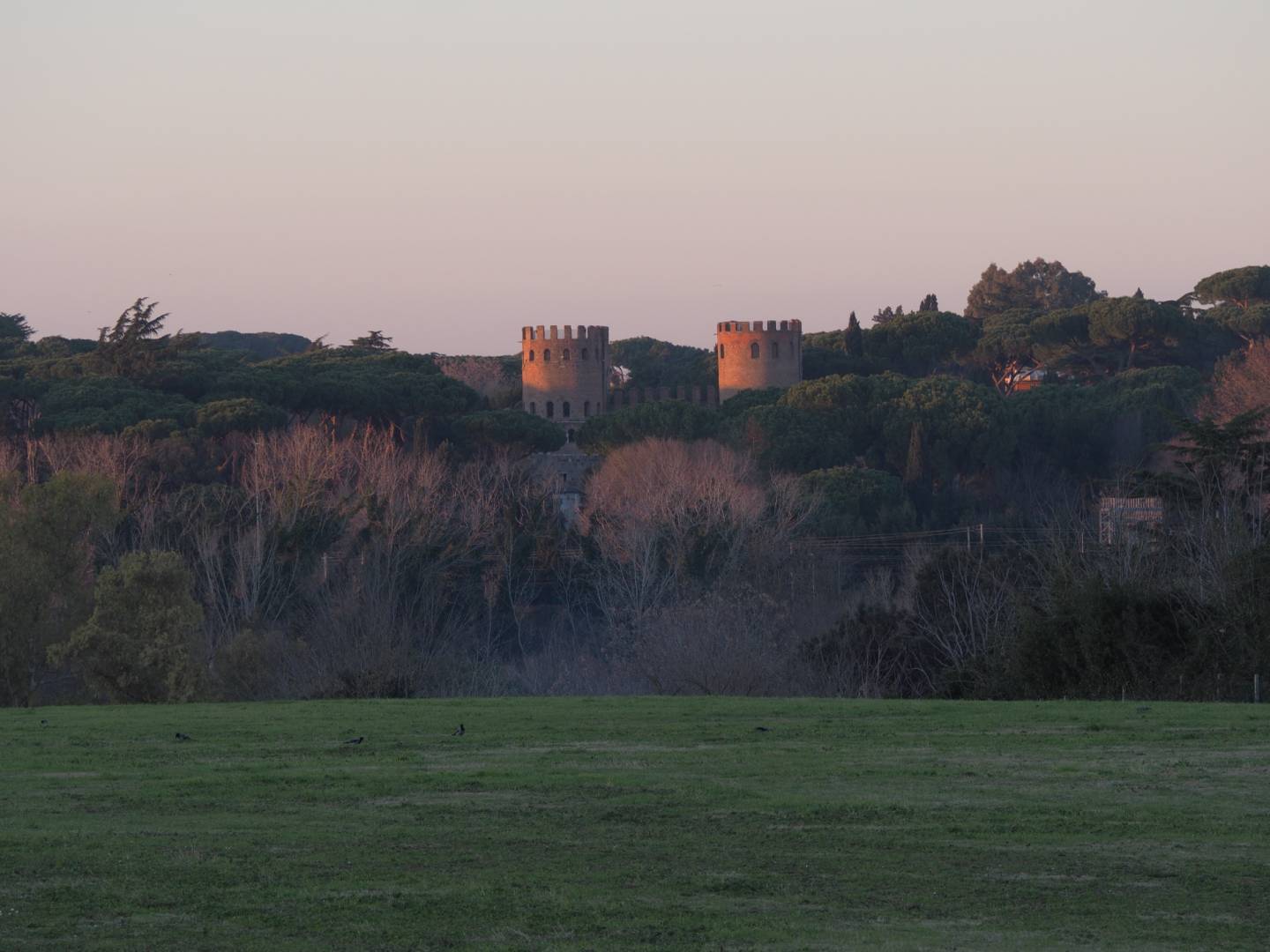
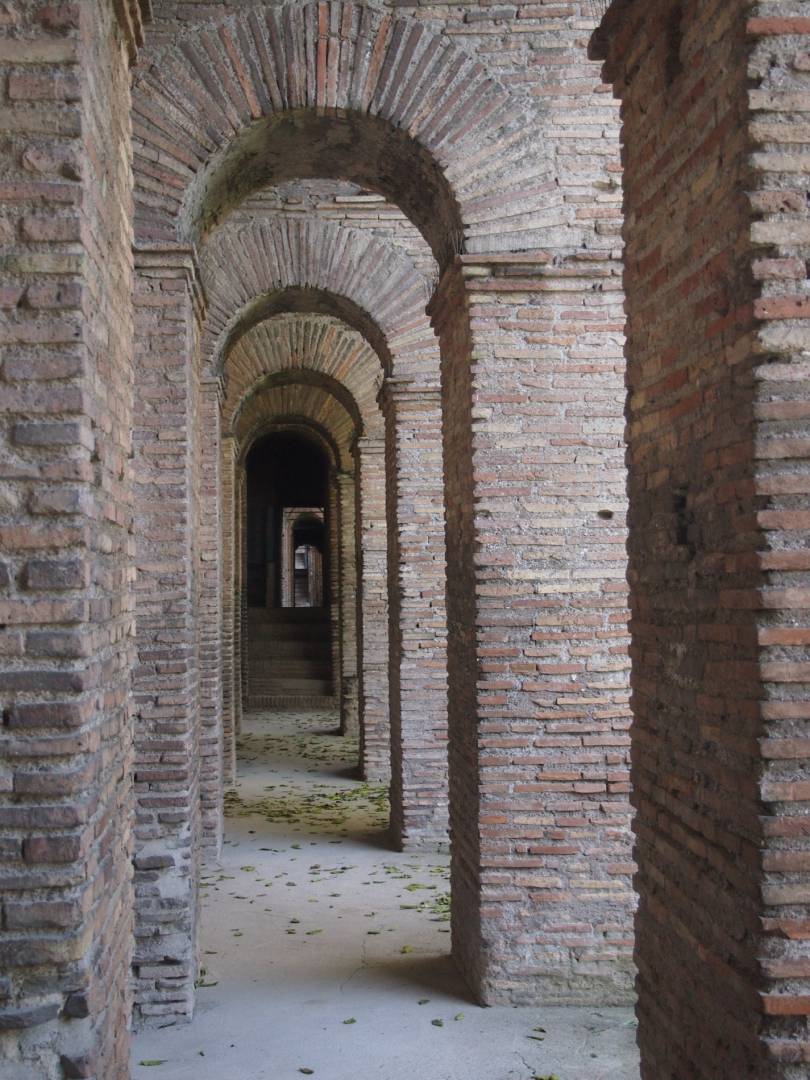
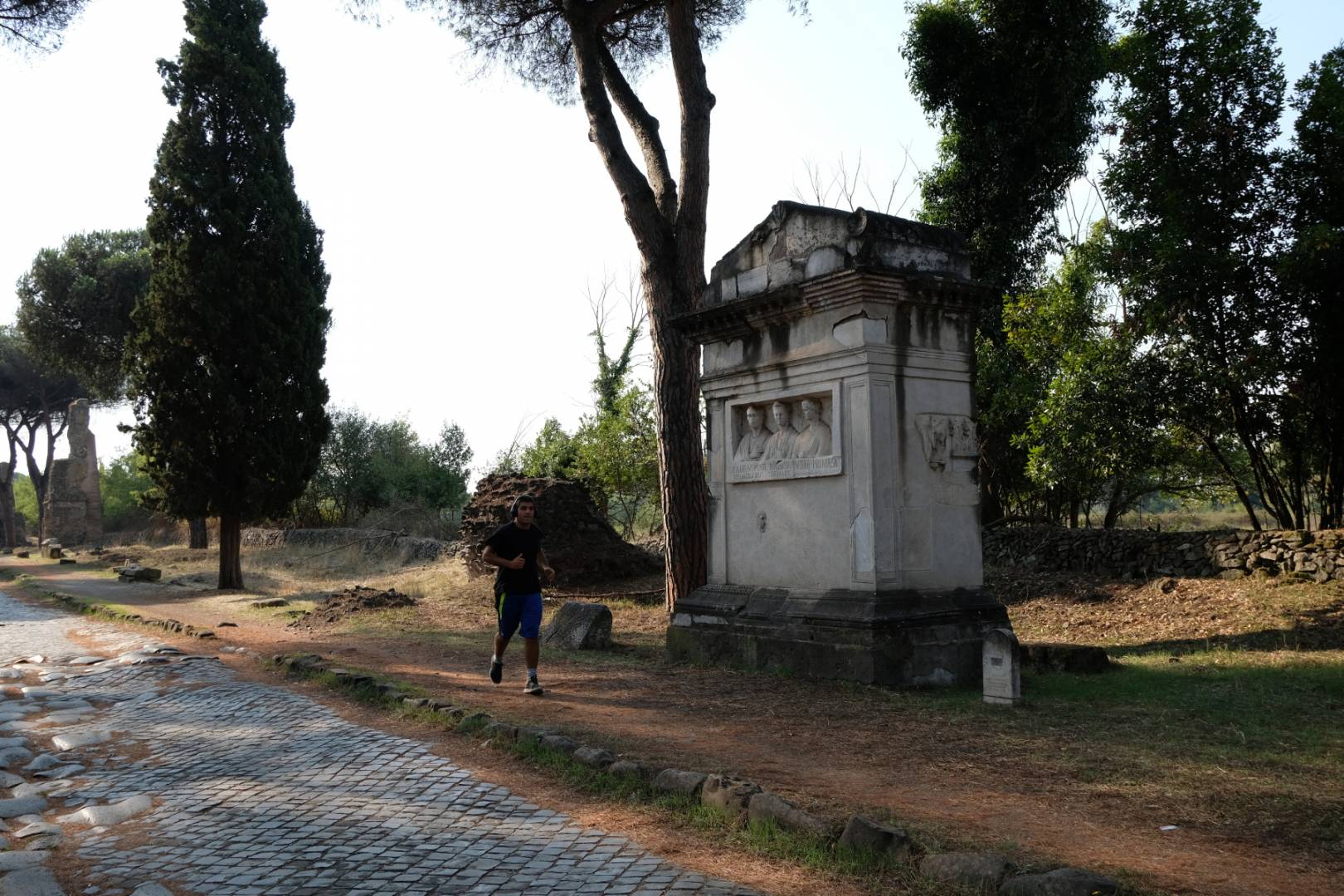
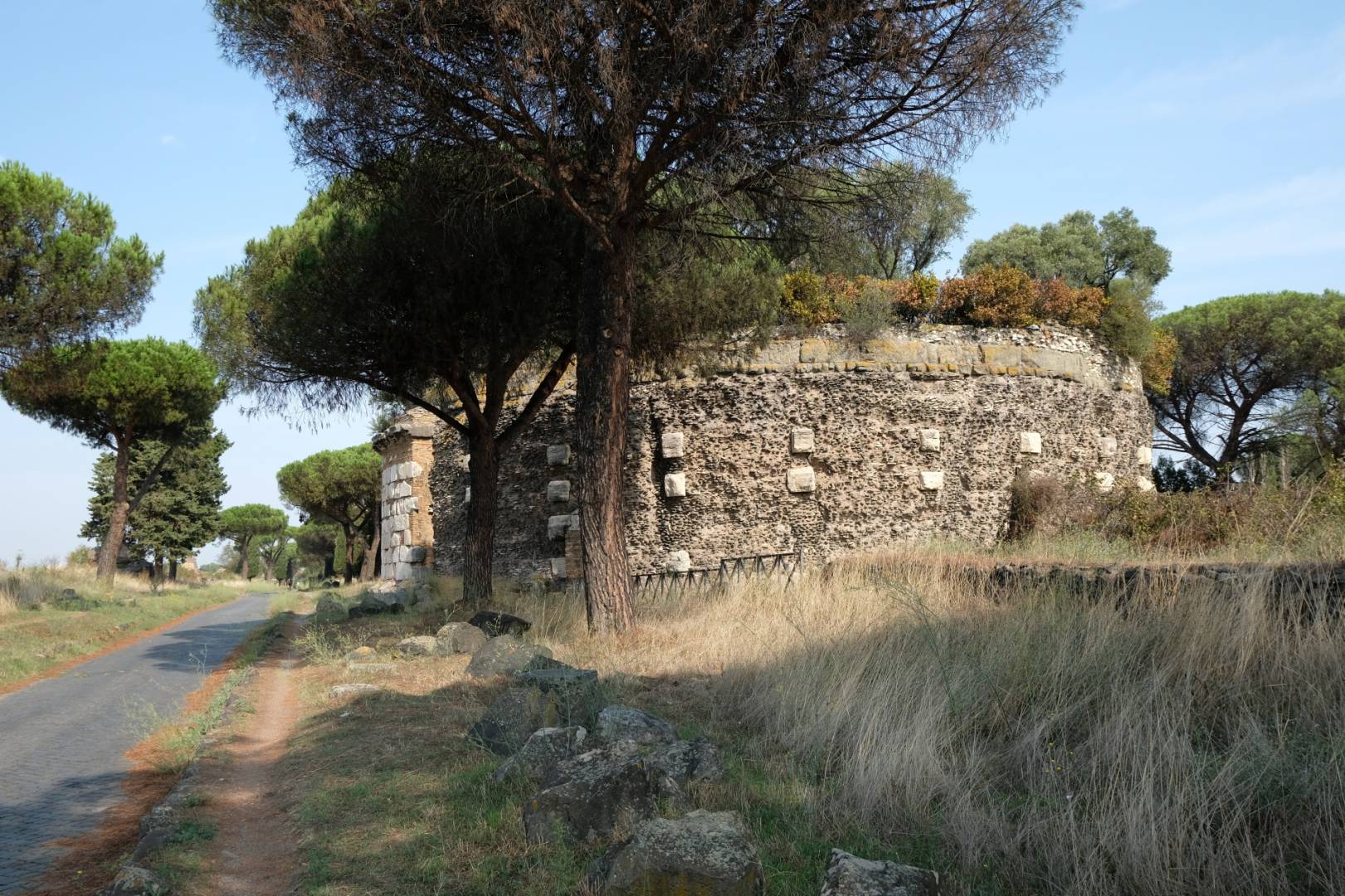
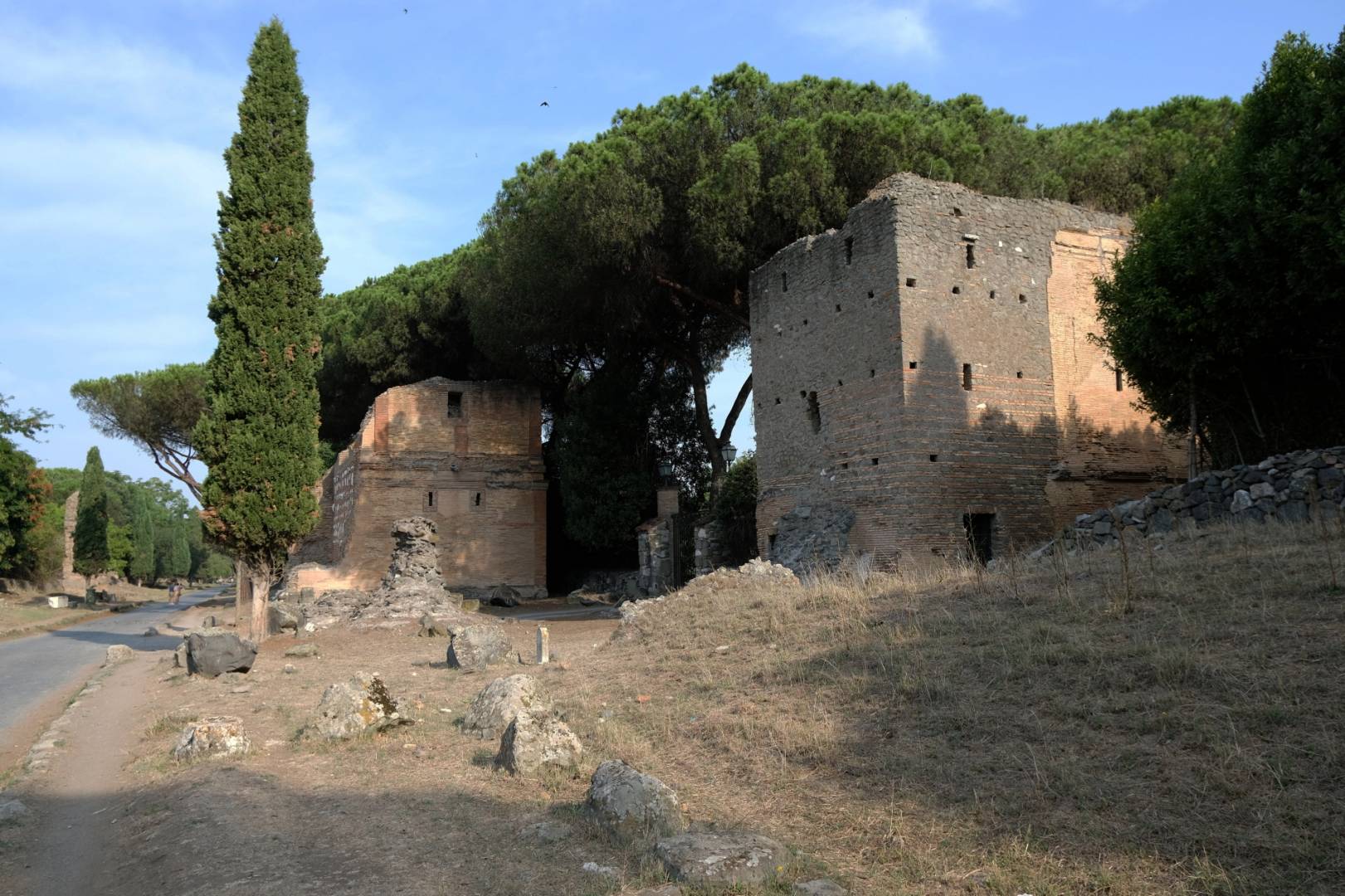
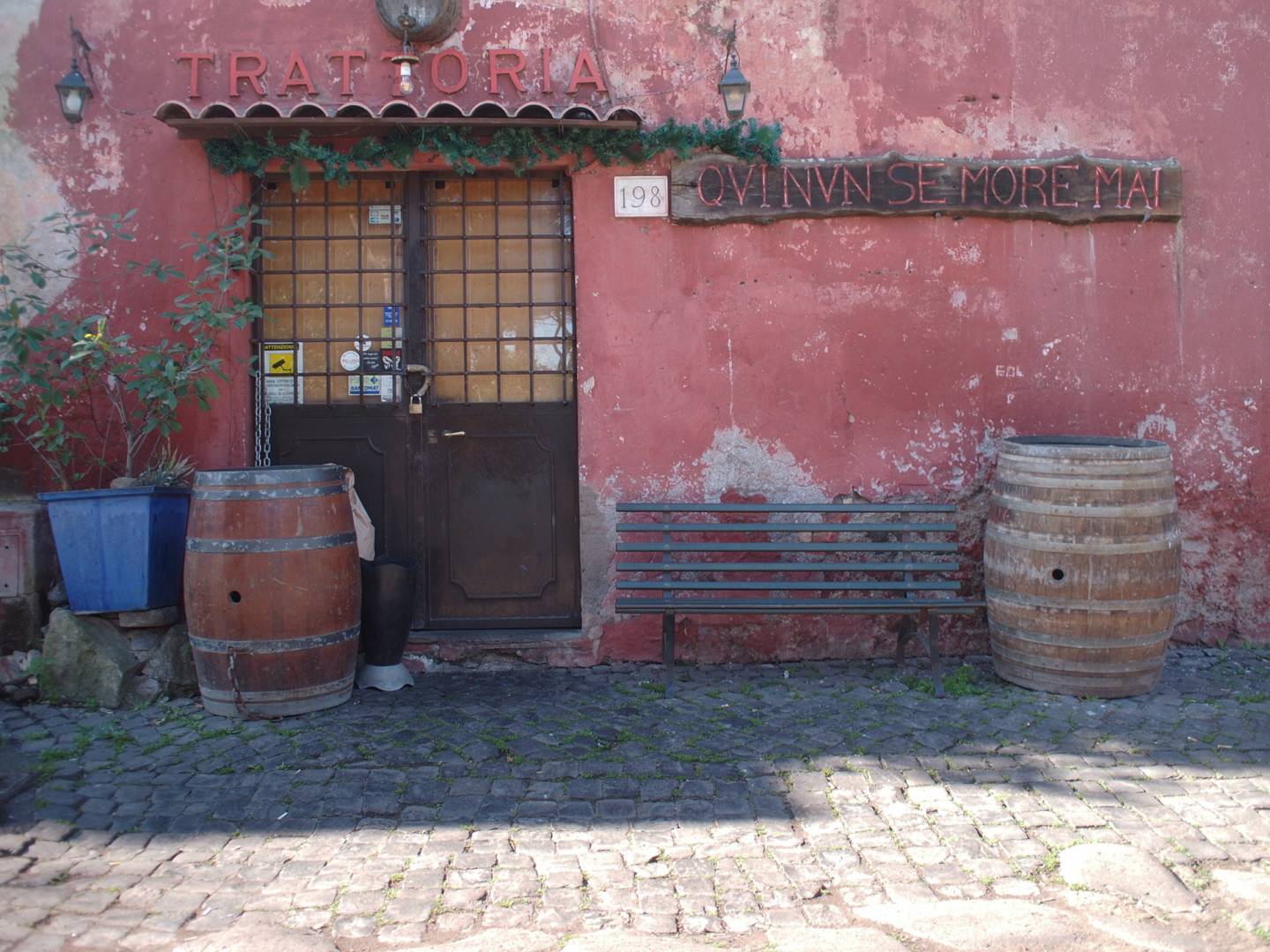
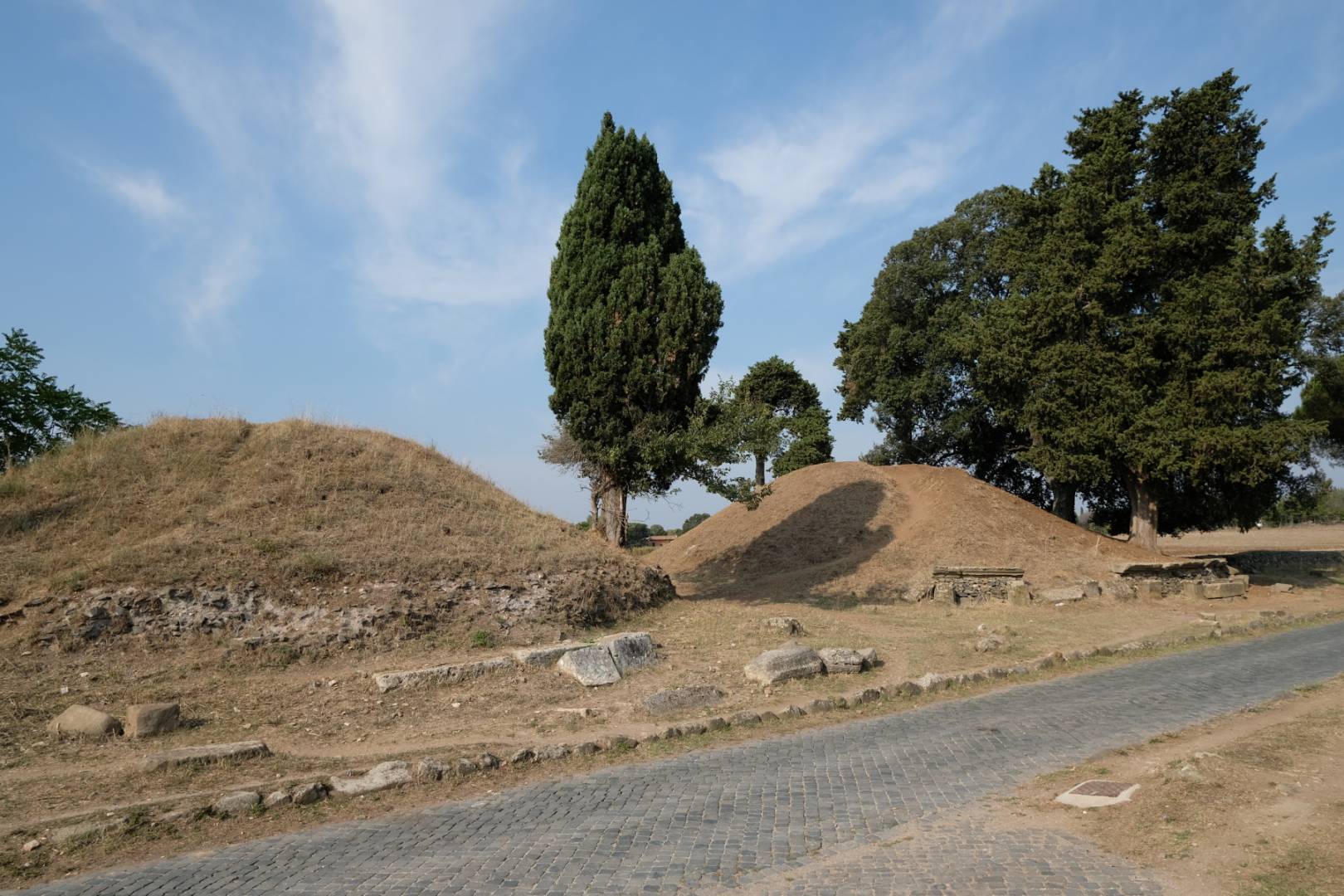
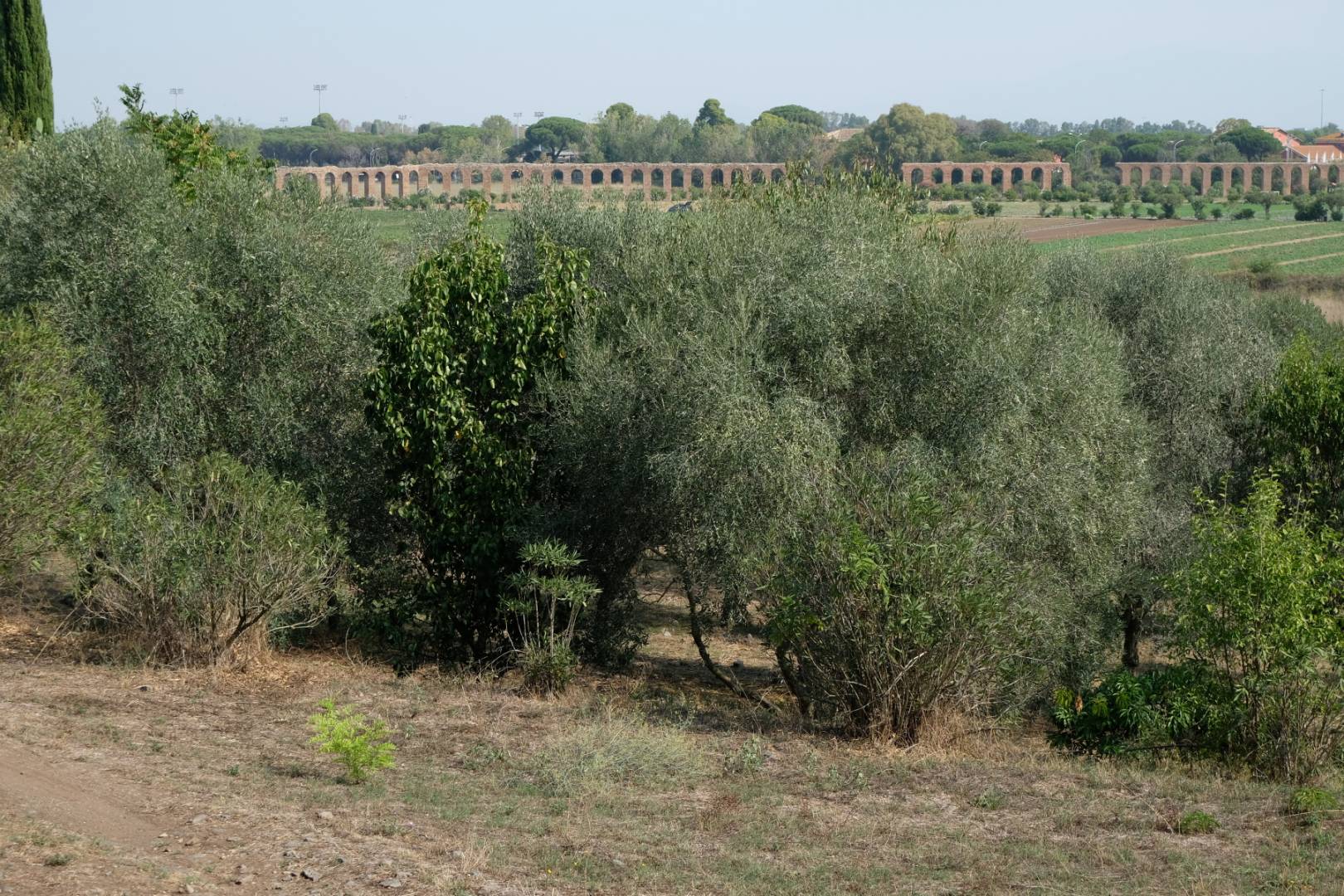
Yes Thank you Sg. Bellelli
I am writing an article on my own site which details an exciting itinerary of approx 4 hours covering many of the landmarks you mentioned.
Have a look at it here https://www.theredbicycle.org/cycling-italy/the-appian-way-from-rome/
Belatedly – since I was in the process of moving house. As an architect and historian I was moved by your images – as you have noted – atmospherically imbued with Piranesian sensibility. As a frequent visitor to Italy and Rome – and last walking the Appian Way with my friend the late historian Manfredo Tafuri, I was supposed to be in residence at the American Academy this May, but covid unhappily intervened. Your article helps renew the memories.
Welcome to the best photo site on either side of the Atlantic. I look forward to many more Italisn landscapes.
Thank you, Tony, hope that you will be able to come soon!
Andrea, welcome to Macfilos. Your photos and article brought back happy memories for me. Some 50 years ago (tempus fugit), during the summer vacation at the end of my second year at University, I travelled round Italy with a friend, including a week spent in Rome, and I remember in particular an afternoon walk out along the Via Appia. It might seem strange to say that a road in open country, rather than, say, the inside of a building, has atmosphere but that area certainly has and one not forgotten by me. I would have had in my hands my copy of Georgina Masson Companion Guide to Rome (now on my bookshelf) so I was pleased to see you refer to that as well. To anyone visiting Rome for the first time I can recommend the road and the guide book.
Thank you Richard! Georgina Masson’s guide book is really excellent and very pleasant to read. I have two copies, one in italian the other in english!
This was a really enjoyable travelogue to see/read. Look forward to more from you.
In all honesty my favourite photo was perhaps the least “scenic”: he Museum of the Aurelian Wall for its sheer simplicity of line, colour and shadow, but I enjoyed wandering in your other scenes and only wish they could have been displayed full screen size.
Did I forget to make them viewable in the Lightbox? If so, that was an oversight. I wish I could make it a default setting….. yes, I did forget. I have now enabled the light box so if you go back to the article you will be able to see the pictures full size.
Thanks, Mike. I didn’t realize it was something you could activate, and it certainly enhanced the enjoyment!
Thank you John. My personal preference goes to the San Sebastiano Gate because it most closely recalls the classical XIX century engravings of the roman countryside. I surely hope to write again on this blog.
Having now seen the scene(!) full size, Andrea, I must say it is a very atmospheric picture and not just a little snapshot!
Thank you again John, but really all these pictures did come out by themselves. The light was excellent and I only had to press the button.
Welcome Andrea. That is a great article to start with. On my first visit to Rome having successfully navigated my way into the city after having driven from Tuscany I discovered that I had driven past the place where I was due to to leave my car and started to reverse up a one way street against the traffic. That convinced me to remain walking for the rest of my visit. I see where the Porta San Sebastiano is and it is not that far away from the centre. I am delighted to see that vehicular traffic is prohibited. It certainly looks very peaceful and is both quiet and very interesting. Just the place to go to in a very busy capital city. On my next visit to Rome I was on a business trip with a Qatari Minister as I was working for their Government. The Italian Ambassador to Qatar brought our delegation to the Lateran Palace and I had difficulty convincing my hugely impressed Qatari colleagues that the Pope was not the richest man in the world. Rome is indeed a wonderful city containing many treasures of history, art and culture which appeals to people from all over the world. Thanks for showing us that there are places where that history and culture can be viewed in peaceful surroundings. The Via Appia is definitely on the list for my next visit to Rome.
William
Thank you William! Romans love Rome, thus my judgement is biased, but yes there are so many things to see in the city! May I suggest you the excellent guide by Georgina Masson? She is English, I think, but is as biased as a true Roman.
Thank you Farhiz. Actually Quo Vadis is a popular nickname of the church that is dedicated to Our Lady in Palmis. Inside the church is conserved a stone with the (reputed) impression of two footprints that would be Jesus’ (latin palmae; Santa Maria in palmis means “Saiint Mary on the site of the footprints”). I’ll surely try to be present on this site.
“Quo vadis Domine?” and that’s how the church is named Domine Quo Vadis!
Welcome to Macfilos Andrea. These are the kinds of stories I like to follow using Google Earth. It makes the whole experience come alive with words and text and Google Earth placing it in geography. Hope to see you around.
Hello Andrea. Thank you for this walk along the Appian Way, in both place and time.
I do particularly like your first and last images. The vestiges of sunlight touching the high points in the first image provide special light in this shot. Following that, using the foreground olive grove to emphasise the distant view of the aqueduct works well.
And good to see that you have and use a Fuji XE3 – I picked up a mint condition XE3 about 10 days ago. Still getting accustomed to it, but it is a wonderful little lightweight piece of technology.
Thank you, Wayne! The image of Porta San Sebastiano at sunset is possibly the one that best reproduces the roman countryside as it appears in the engravings from the XIX century and earlier. It shows the gate from the external side, i.e. behind it there is the city! It is fortunate that in this point modern buildings are absent because of the park. The XE3 is truly an excellent and lovely camera and Fuji’s lenses are stunning, you will love it. Pay attention, though, it is not weather-proof as other Fujis are.
A warm welcome to the site Andrea. Thanks for taking me to, and bringing to life with your photos and descriptions, a place I have always wanted to visit as, although I have visited Rome I have never ventured onto the Appian Way. Lovely photos especially in the evening light.
Thank you, Kevin. I really appreciate your warm welcome. Although I had walked on the via Appia many times, I recently came upon a book of engravings of the Roman countryside by Piranesi that prompted me to look for places that maintain that look. The Appia is the best preserved one, but by no means the only such place.
A wonderful, well-documented article and a nice add to the Calleva Atrebatum article earlier this week. Rome being on my wishlist, I’ll surely add the Appian Way. The perspective of the arches of the Museum of the Aurelian wall reminds me of Arabic architecture in Jerez in Andalucia. I do share your appreciation of small cameras. They produce great images despite their size and your images certainly prove it. If I had to choose one image I guess it would the osterie with its pink decaying paint. I’d be curious to see the paving stones in high contrast black and white. Welcome to Macfilos and thanks for sharing.
Thank you Jean. It’s a pleasure to express my congratulations for your previous articles, I really enjoyed them! Small cameras nowadays produce excellent pictures, in my opinion much better than those with which I began in film times. One could obtain better ones using full or even medium format, but to appreciate the differences one should print to enormous sizes (I rarely go above A3).
Wonderful to finally see, back in Eighth Grade Latin, Sister Agnes Elizabeth, aka “THE BOUNCER”spent most of the school year on the Appian Way! Very educational and looks like a good trip. Thank You and welcome to steal a line from Disney, The Wonderful World of MACFILOS. Please keep your contributions coming.
Thank you, John. It’s a real pleasure to join the Macfilos community!